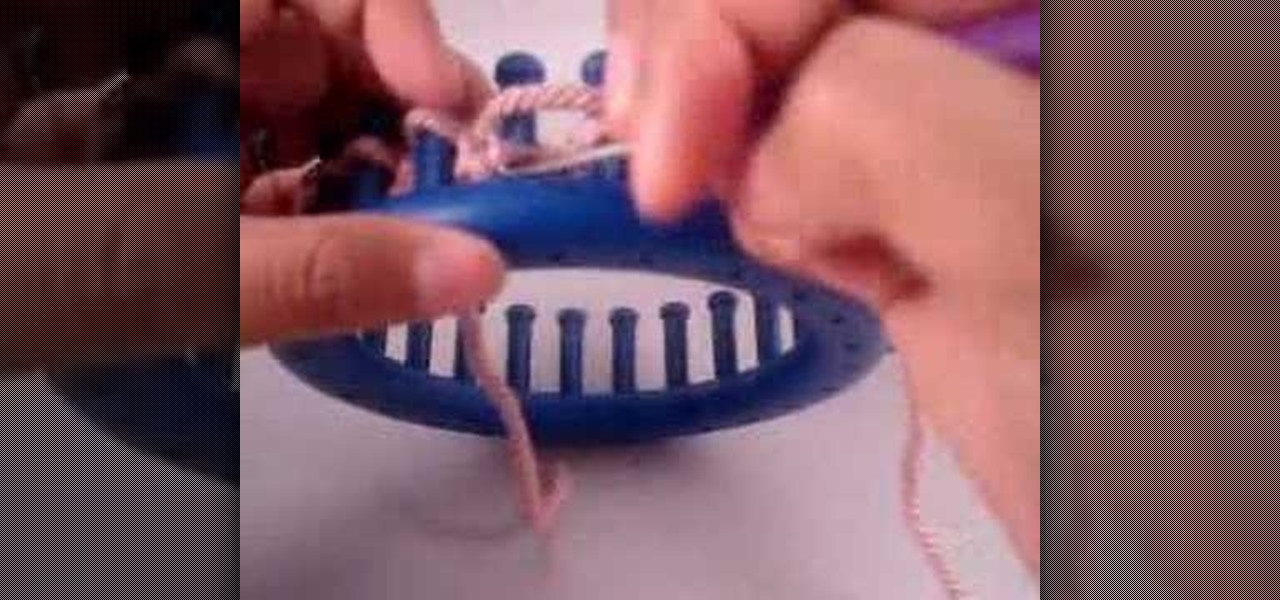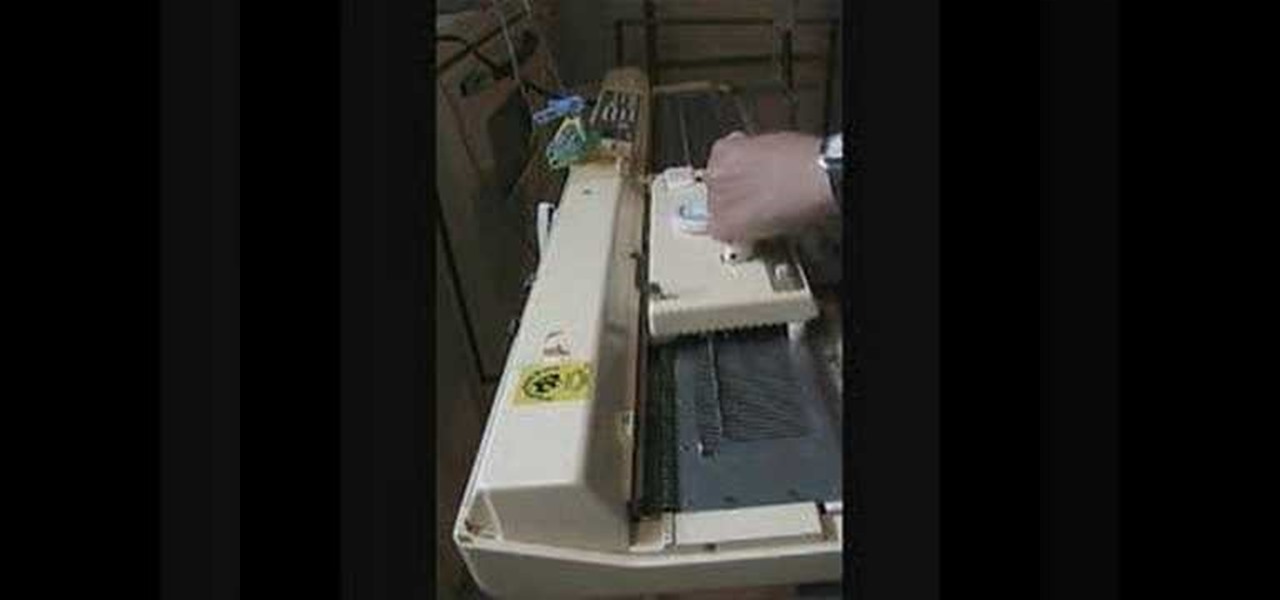Everything Else

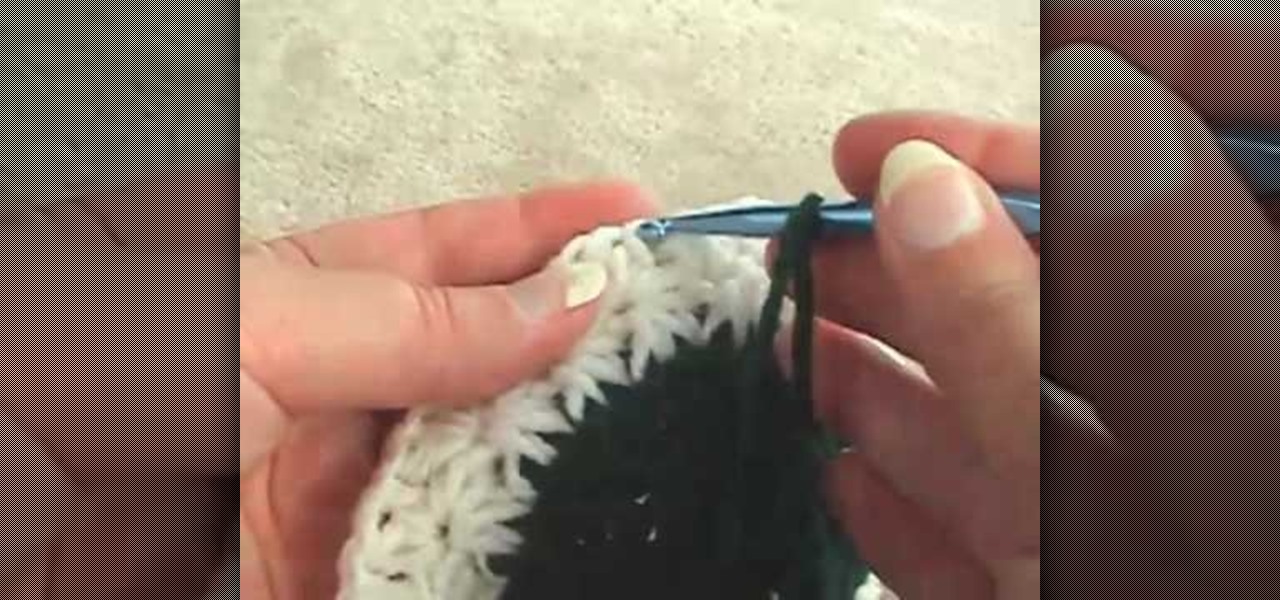
How To: Crochet a star stitch winter hat
Watch this instructional crochet video to crochet a star stitch hat or winter cap. This crochet method creates an intricate rotating pattern. Use any type of thread and crochet needle to complete this project. This star stitch pattern creates a complex crochet weave for warm yet breathable winter caps.
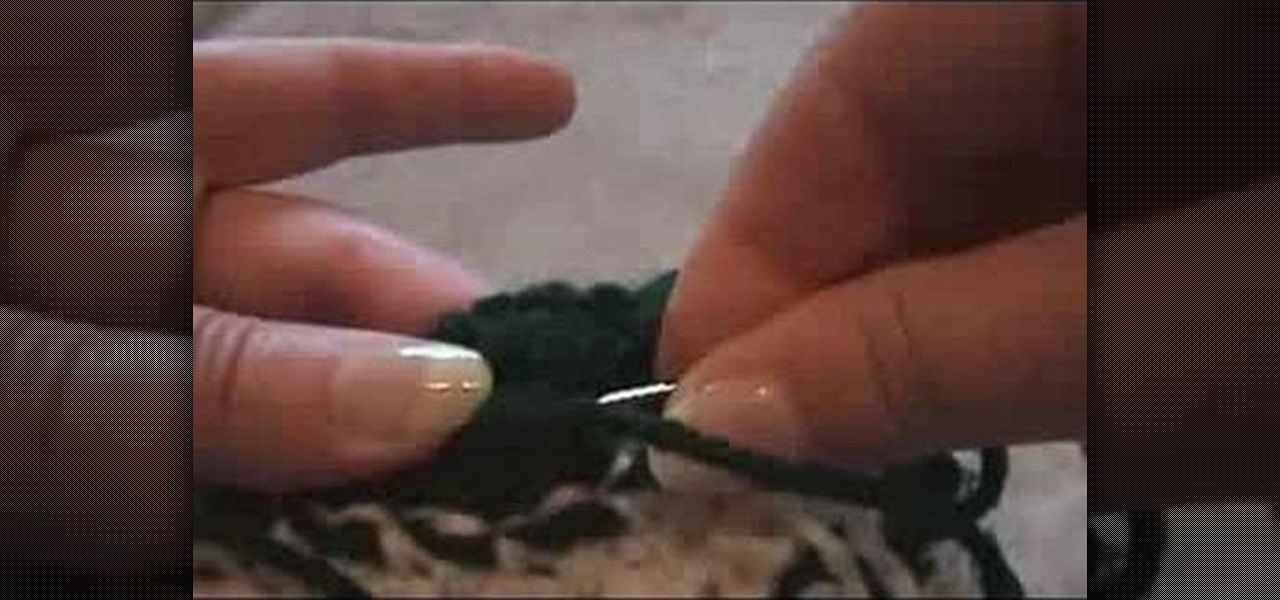
How To: Sew and hide crocheted yarn tails
Watch this instructional crochet video to hide crocheted yarn tails. Use the same type of yarn you used to crochet your patterned hat. You will also need a tapestry needle to sew in the hanging yarn tails in the inside of the hat. You can also use this method to sew up the top of the hat and tie together any mistakes you may have made while crocheting your winter hat.
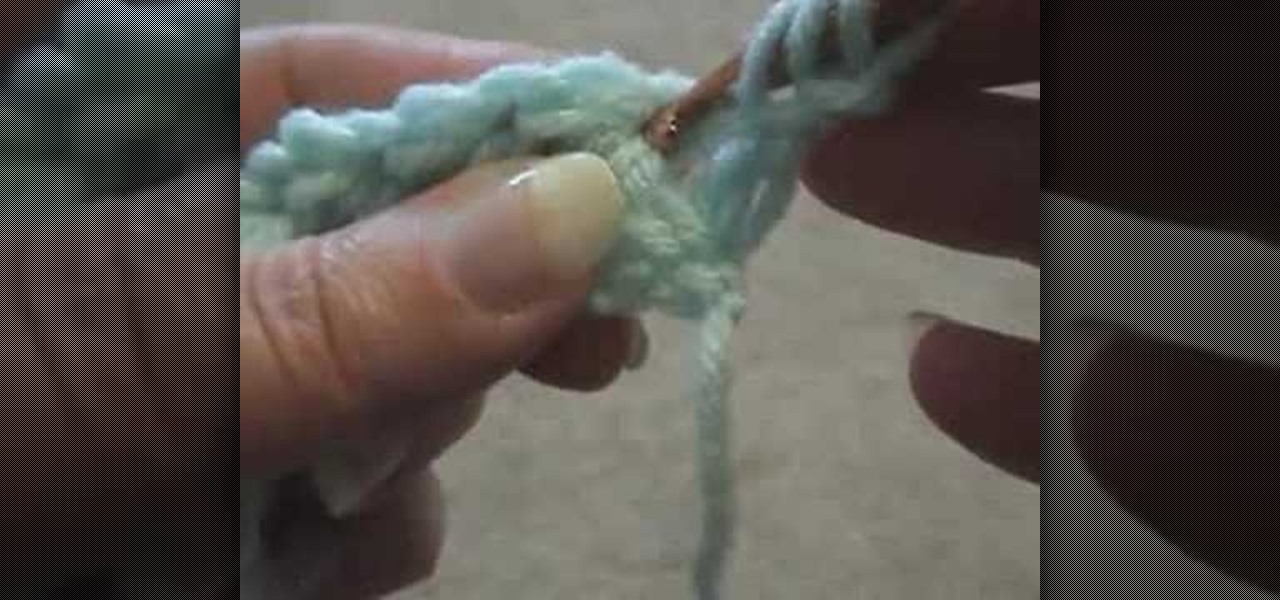
How To: Crochet a galaxy or snowflake stitch
Watch this instructional crochet video to crochet a galaxy stitch. This crochet method creates an intricate snowflake pattern. Use any type of thread and crochet needle to complete this project. This galaxy or snowflake pattern creates a complex crochet weave for warm yet breathable blankets, sweaters and winter caps.
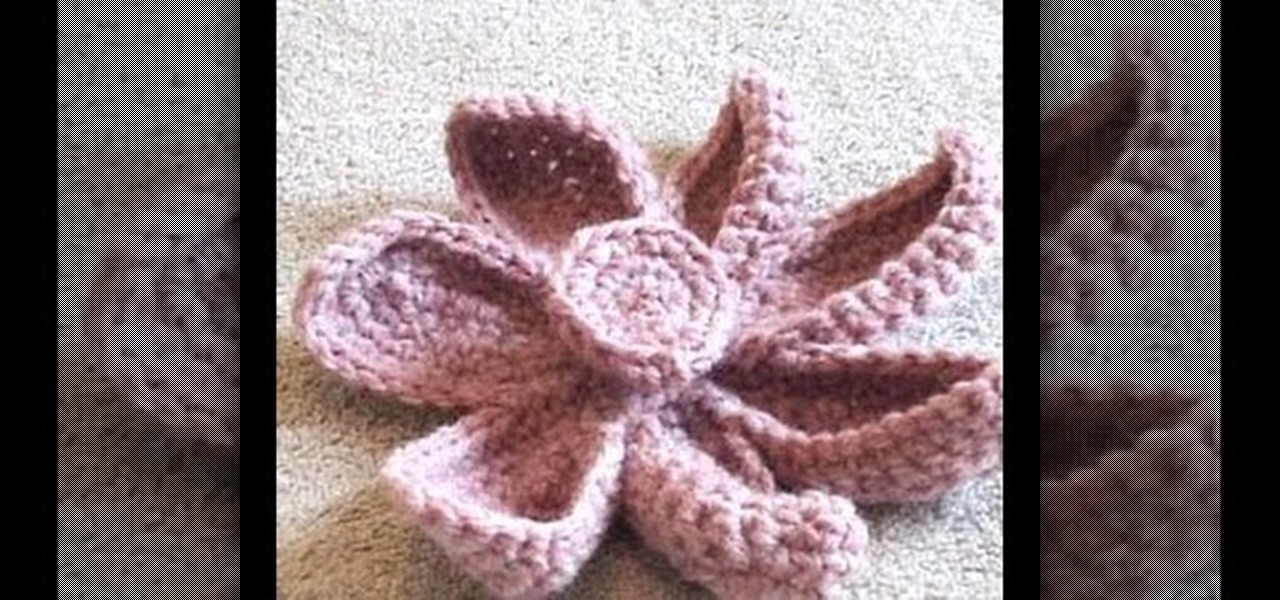
How To: Crochet a lotus flower
Watch this instructional crochet video to crochet a lotus bloom. Use any type of thread or crochet needle to complete this project. You will also need a tapestry needle to sew the petals onto the round center of the flower with regular yarn. Add this lotus flower to a pillow or crocheted blanket for satisfying decorative results.

How To: Sew ear flaps onto a crocheted hat
Watch this instructional knitting video to attach a single crocheted half circle ear flap to a single crocheted baby beanie. Use a tapestry needle to thread some yarn. This same process can be applied to adult caps and hats. Just use a larger needle and thicker yarn. It's easy to sew crocheted pieces together with regular yarn for an almost invisible seam.
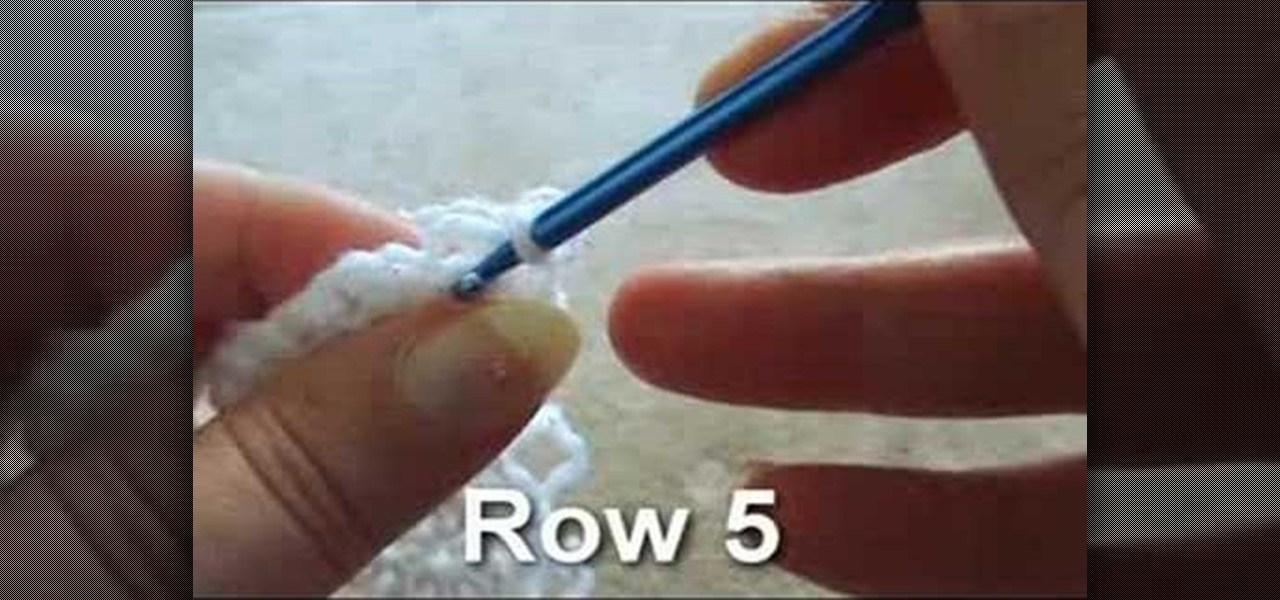
How To: Single crochet half circle ear flaps for a hat
Use a single crochet stitch to crochet half circle shapes. Use any type of yarn and crochet needle to complete this project. Half circles can be used as ear flaps for hats, additions to blankets, or serve as cute pockets on sweaters.
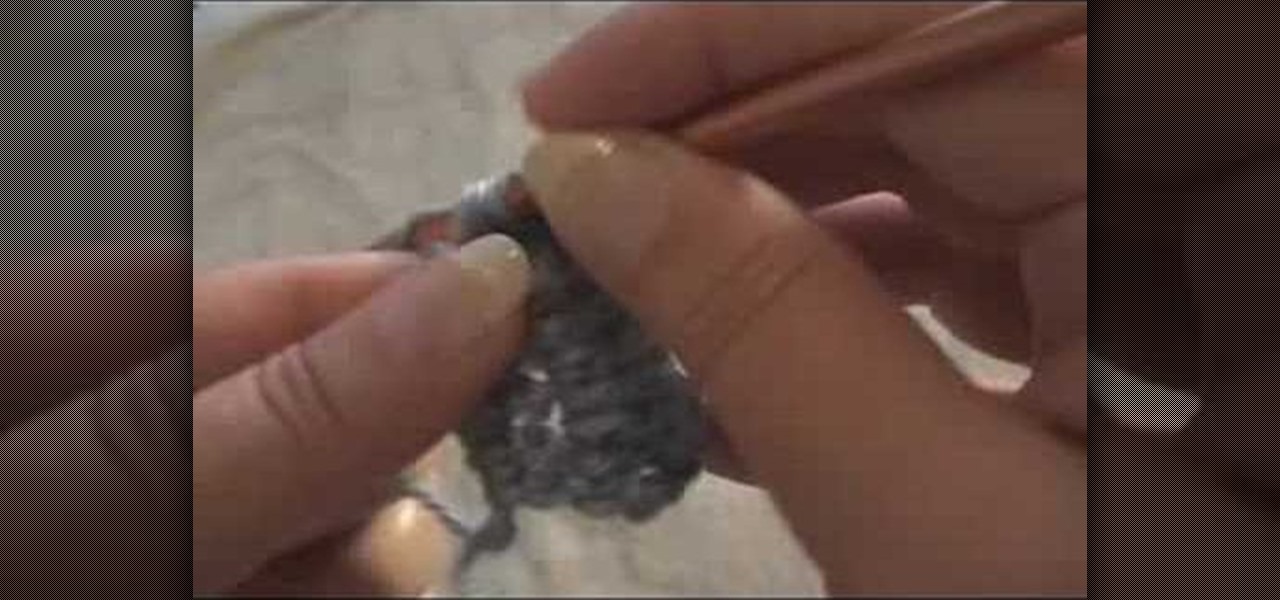
How To: Double crochet half circle ear flaps for a hat
Use a double crochet stitch to crochet half circle shapes. Use any type of yarn and crochet needle to complete this project. Half circles can be used as ear flaps for hats, additions to blankets, or serve as cute pockets on sweaters.
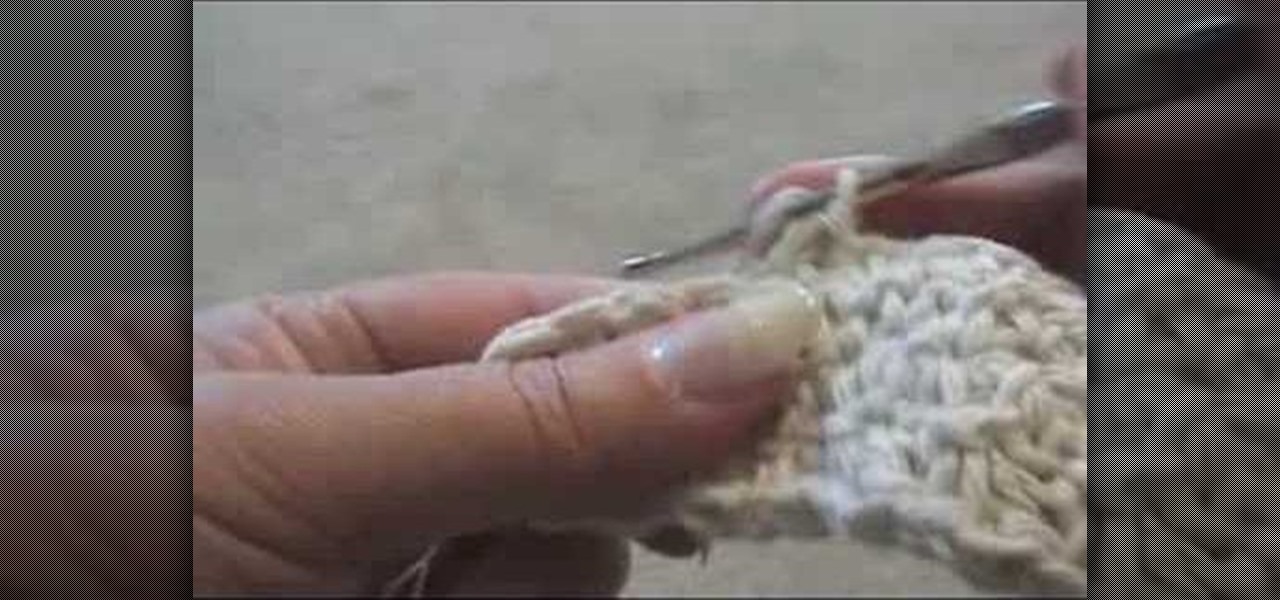
How To: Crochet a pot holder with a seed stitch
Watch this instructional video to crochet a popular pot holder known as the magic pot holder with a seed stitch. Use four ply crochet yarn to crochet this thick and durable pot holder. You can crochet your pot holders to be larger or smaller than the ones shown in this video. These clear visual guidelines also include written instructions to help make your crochet project easy and enjoyable.
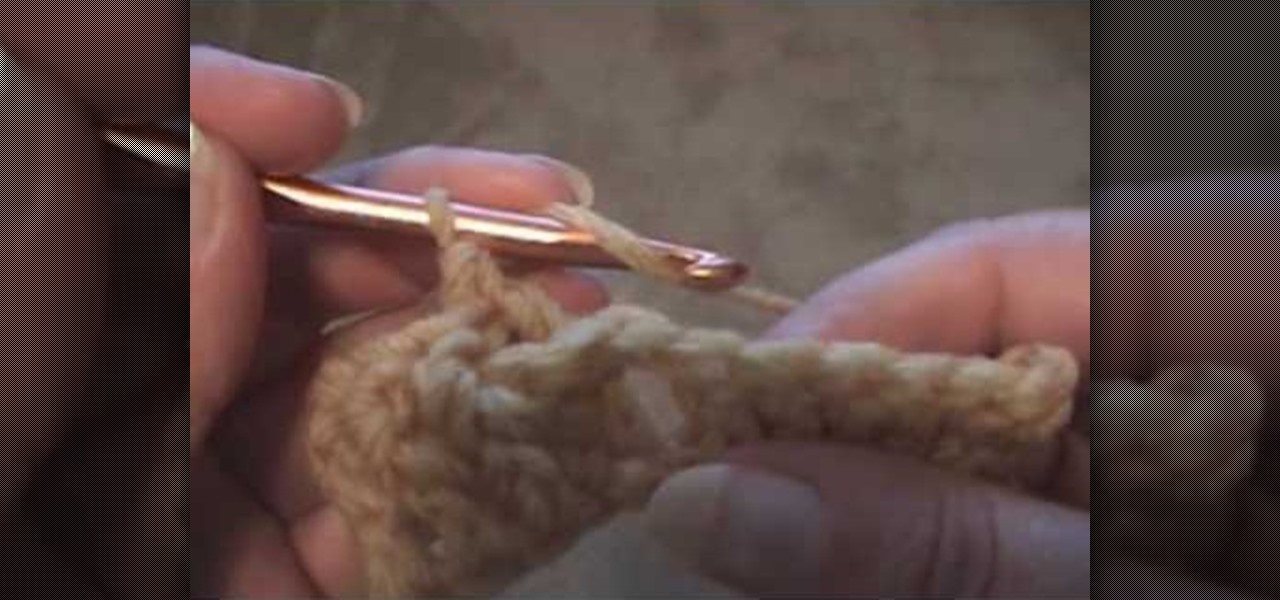
How To: Double crochet left handed
This instructional crocheting video demonstrates how to do a front post double crochet stitch and a back post double crochet stitch with your left hand. The double crochet stitch creates thick and tightly woven stitch that is good for blankets, sweaters, and other warm winter garments.
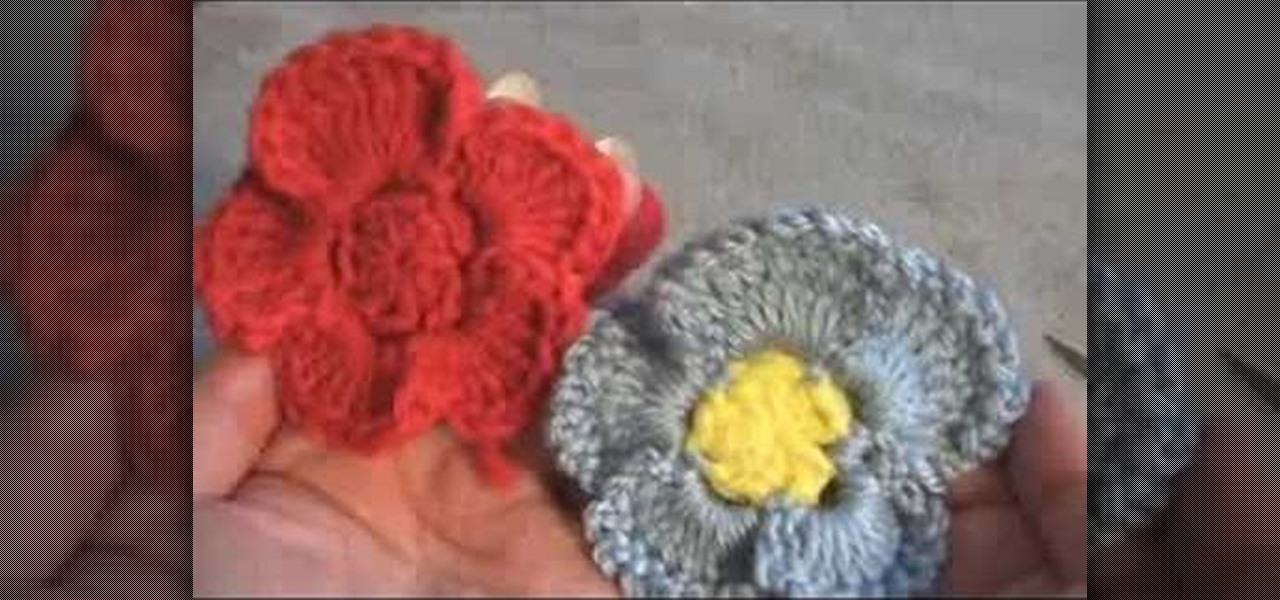
How To: Crochet a pansy flower
Watch this instructional crocheting video to crochet a pansy flower. Use any size of yarn or thread and your choice of crochet needle. This method will allow you to crochet unique pansy flowers that can be added to sweaters or blankets, or hung as decorative ornaments on their own.

How To: Crochet a left handed solid granny square
Watch this instructional crocheting video to crochet a classic solid granny square with your left hand. Now, if you're not left handed , this simple crochet lesson may prove to be quite difficult. If you are left handed, these instructions provide an efficient way to crochet creative granny squares for blankets, pot holders, hats, scarves, and other crochet projects.
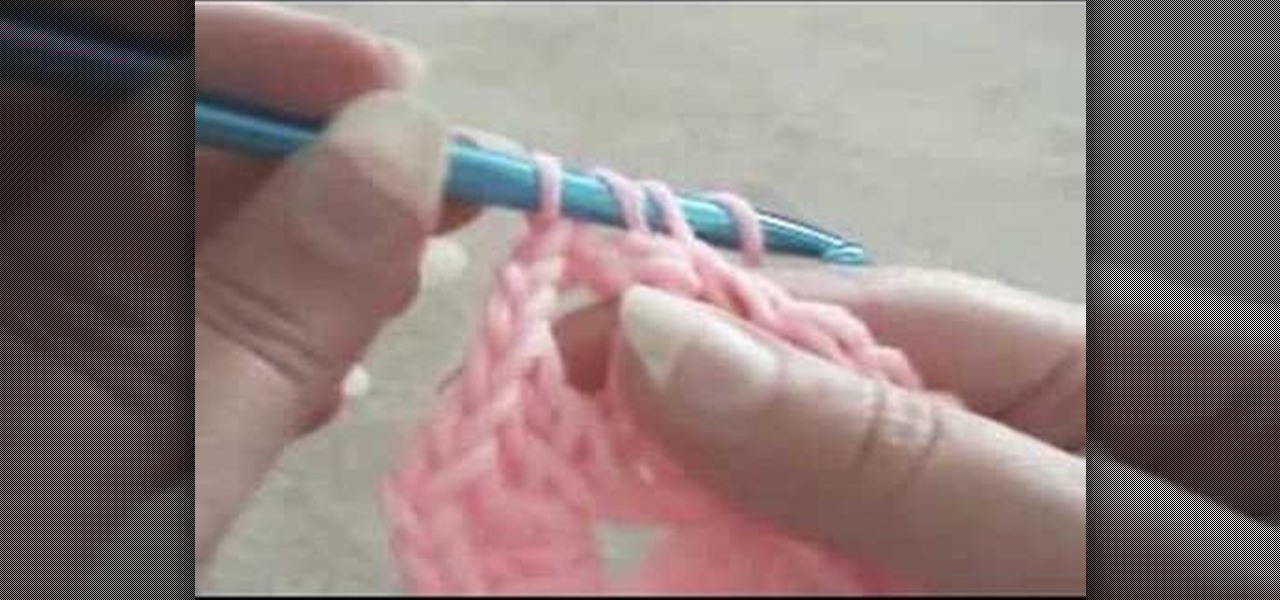
How To: Crochet a left handed granny square
Are you left handed? While some people have perfected the art of playing left handed guitar, it's still a little challenging to figure out how to crochet with your left hand. Follow the guidelines on this instructional video to crochet a granny square left handed. The granny square is a useful crochet model that allows you to crochet blankets with a creative flare.
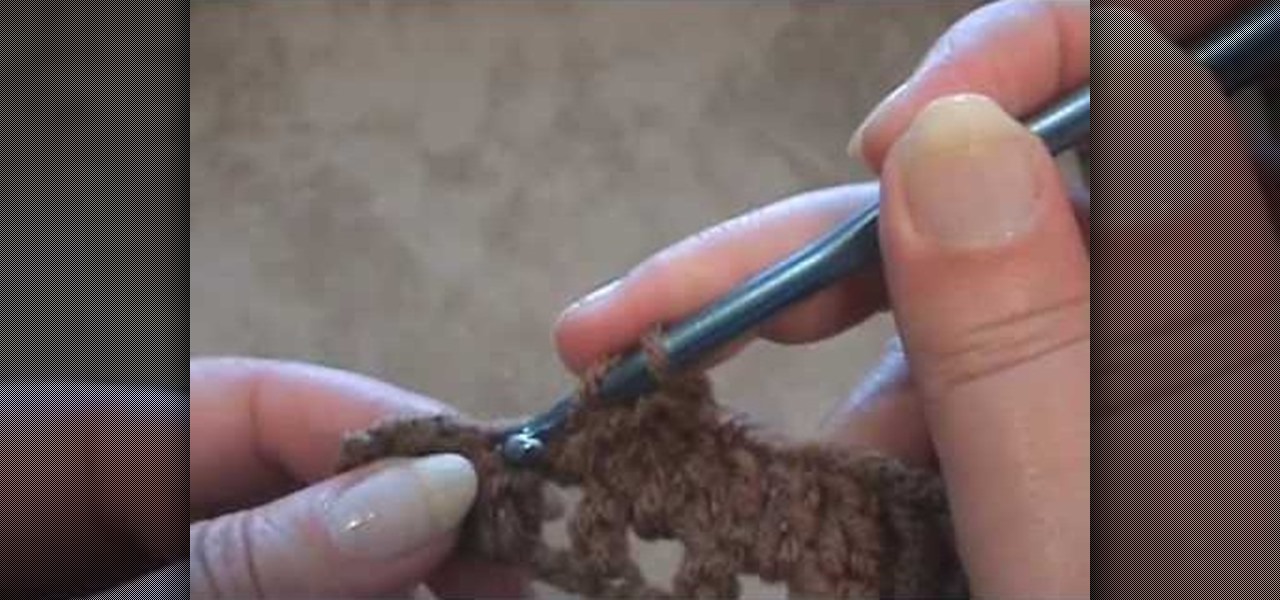
How To: Crochet a variation of a ripple stitch
Watch this instructional crochet video to crochet a variation of the classic ripple stitch. This is an intermediate level crochet project, but the visual guidelines are simple and easy to follow. Use this interesting ripple stitch design to crochet blankets, sweaters, or lightweight hats.

How To: Crochet a mid-row color change with a Tunisian stitch
While crocheting an Afghan or Tunisian style crochet blanket, you can crochet different patterns and colors into a single row of stitches. Use a large crochet needle and several types of yarn to learn this crocheting trick. You can switch back and forth between colors in the same row of Tunisian stitches by keeping yarn on hanging bobbins. Don't forget to sew in the loose ends of colored yarn.
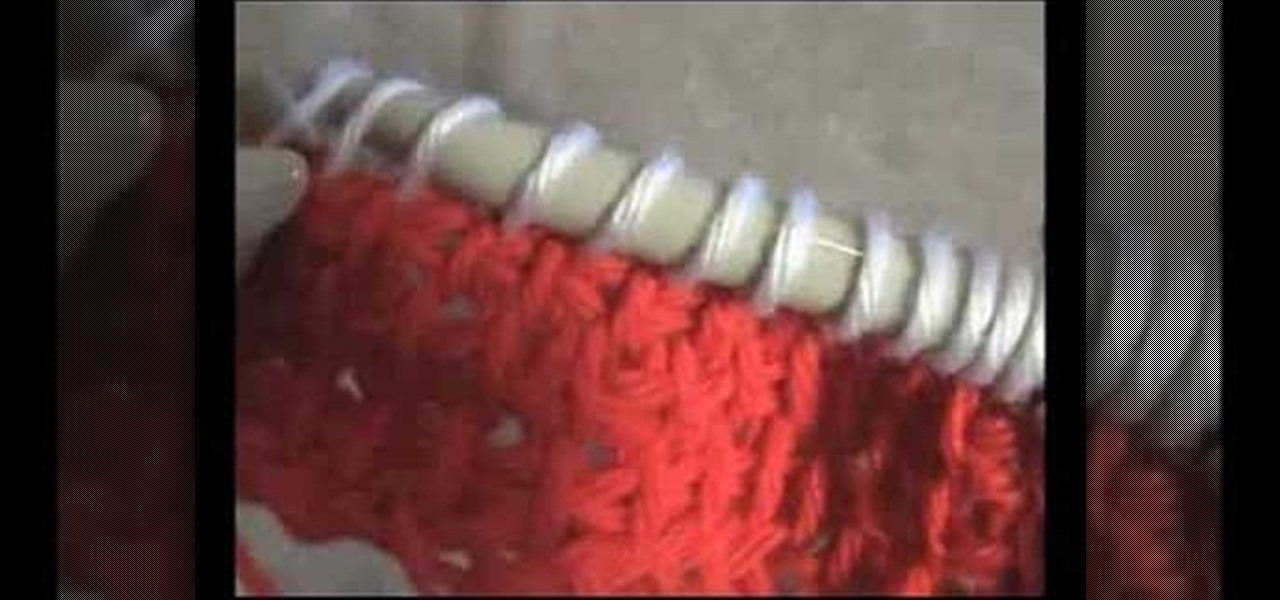
How To: Crochet a color change with a Tunisian stitch
Watch this instructional crocheting video to crochet a color change on an Afghan or Tunisian style crochet blanket. Use a large crochet needle and several different colors of yarn. These clear visual guidelines allow you to switch colors of yarn on your crochet project quickly and easily.
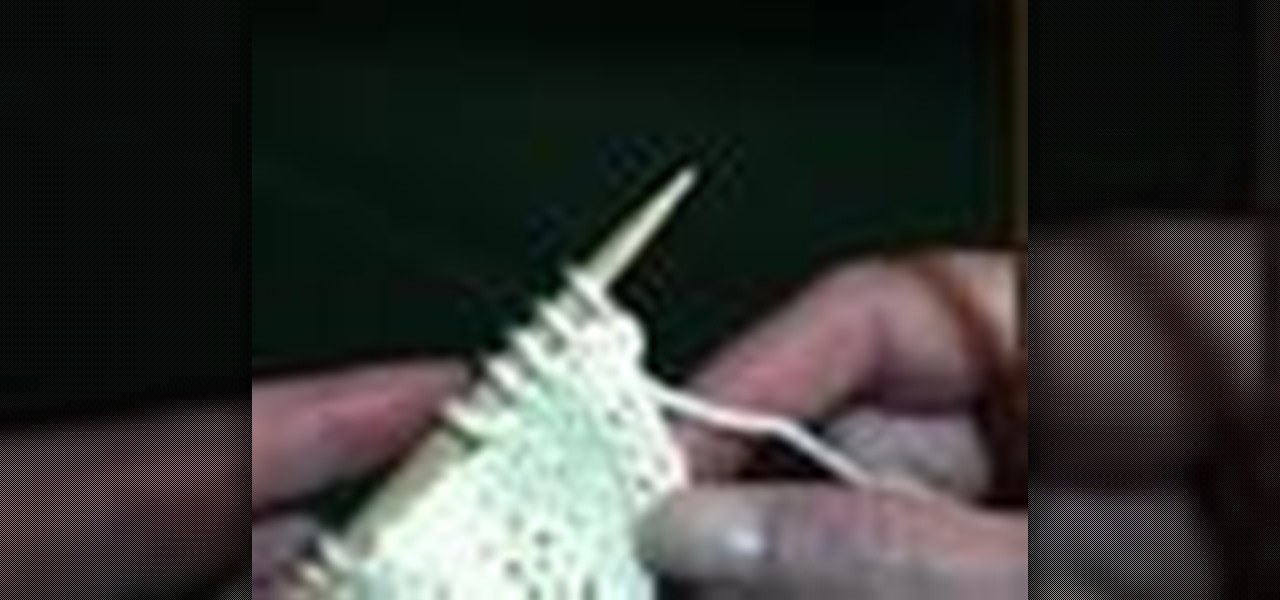
How To: Cast on with Work in Progress When Knitting
Ever wonder how to cast on with work in progress when knitting? Well, wonder no more with this knitting demonstration video!
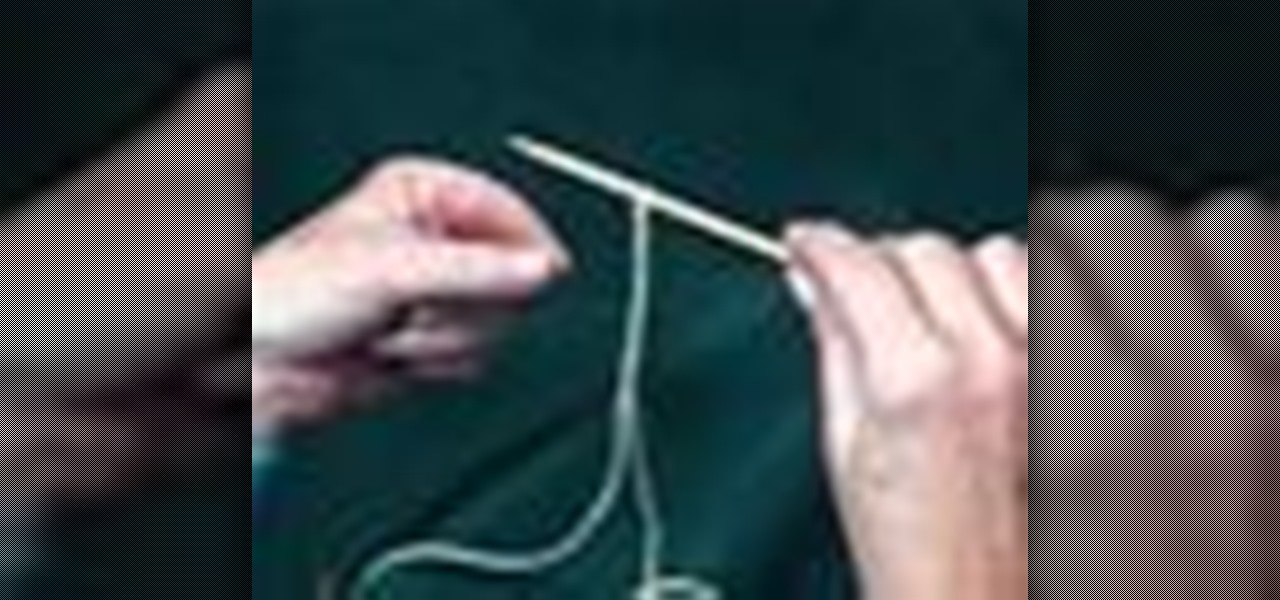
How To: Knit a long tail cast on
Ever wonder how to do the long tail cast on for knitting? Well, wonder no more with this knitting demonstration video! Begin by measuring out a length of yarn for the tail. (Search video "Estimate the length of tail when knitting" on WonderHowTo)
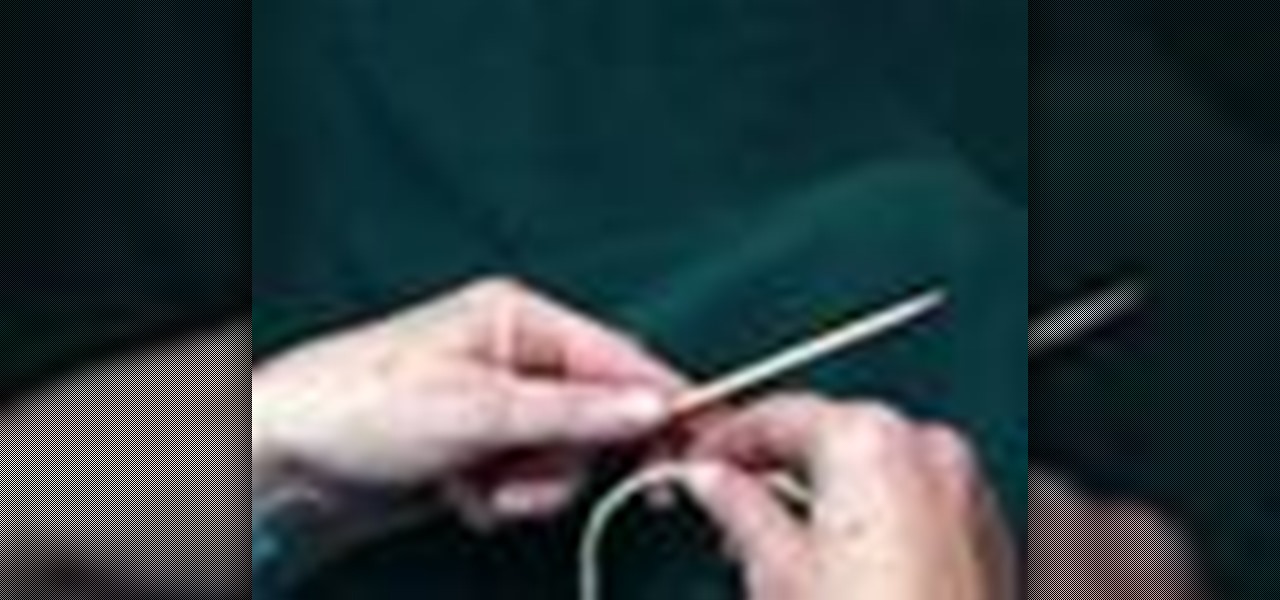
How To: Estimate the length of tail when knitting
Ever wonder how to estimate the length of tail when knitting? Watch this knitting demonstration video and soon you will be a pro at estimating the length of tail.
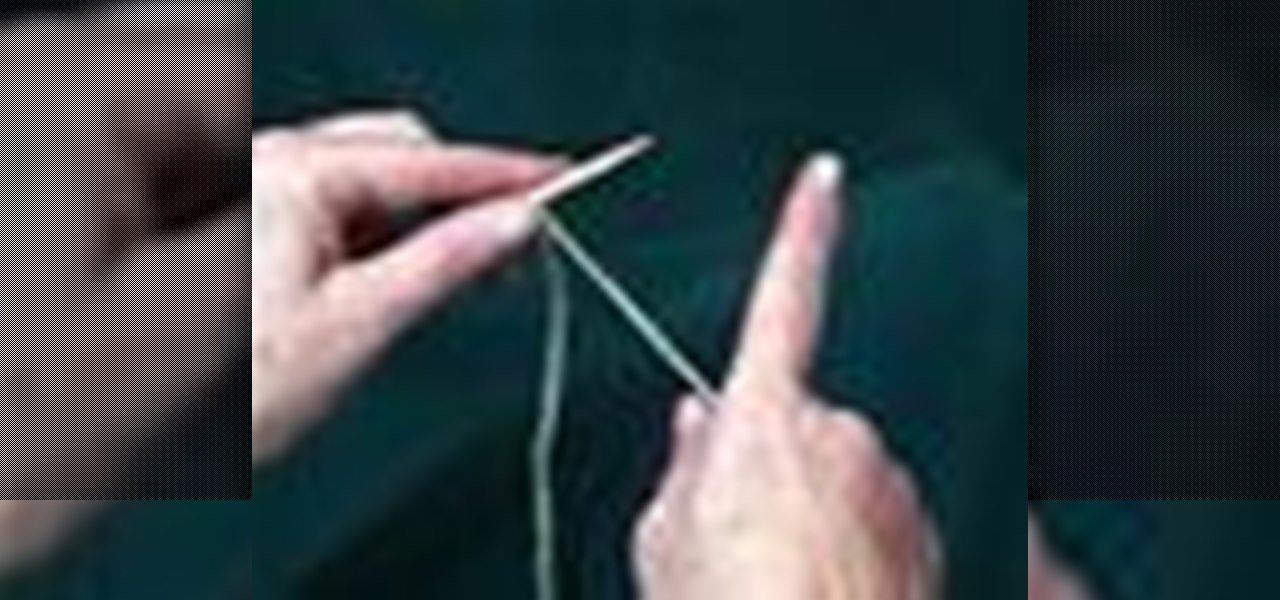
How To: Do the E wrap cast on for knitting
Pay attention to this knitting demonstration video and learn how to do the e wrap cast on. This is not a good knitting cast-on for long lengths because it is not possible to control the tension well when knitting the first row, resulting in a loopy, uneven edge.

How To: Do a knitting cable cast-on
Watch this knitting instructional video to learn how to do the knitting cable cast on. Start by making a slip knot with a 6" tail and place it on the left-hand needle with the working yarn coming from the back.
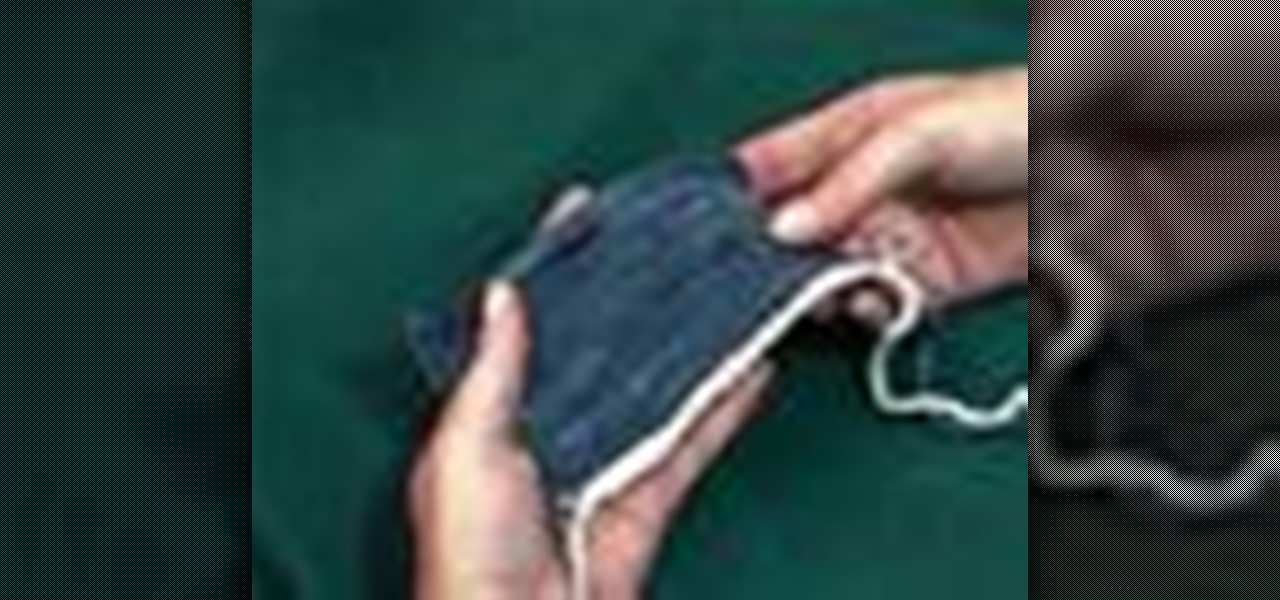
How To: Do a knitting provisional cast-on
Watch this knitting instructional video to learn how to do a knitting provisional cast-on. A provisional cast-on is usually worked in a contrasting waste yarn so the cast-on stitches can be easily removed later. The live stitches are then recovered so you can knit down from that point without the joining line you'd have if you picked up stitches along the edge. There are several provisional cast-ons; this is the one I like the best, because I find it to be the easiest to work. You'll need a c...
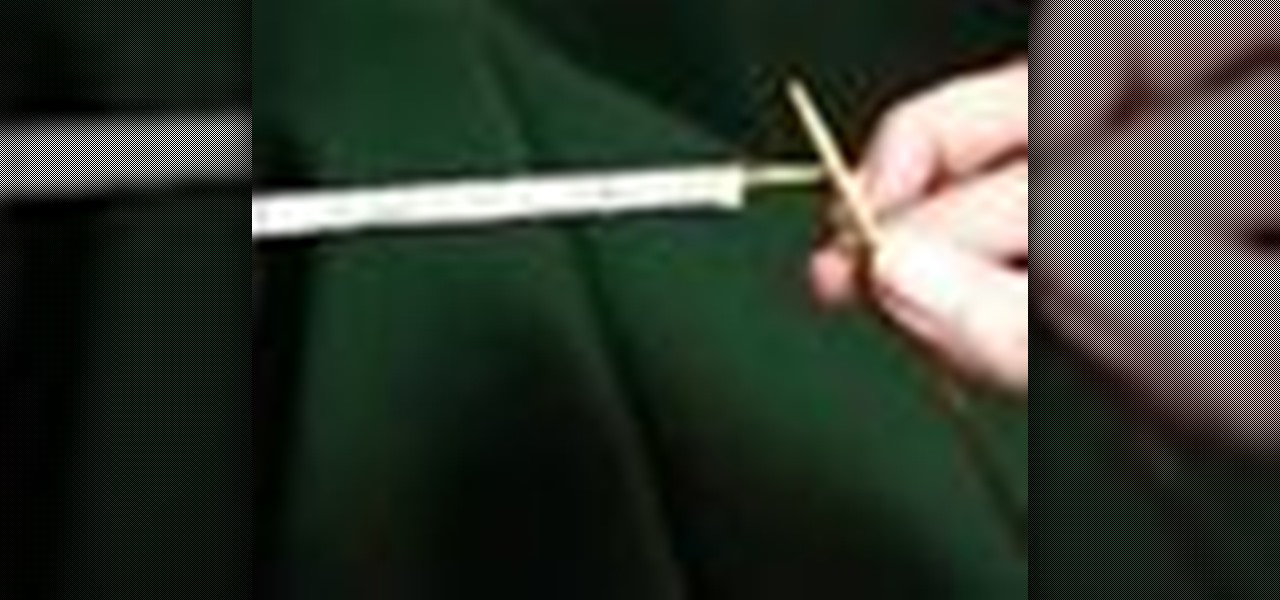

How To: Turn a heel when knitting a sock
Stay tuned for this knitting instructional video on how to turn a heel when making a knitted sock. This knitting process is a lot less mystifying after you've done it once. (Isn't everything?)

How To: Master the gusset stitch for knitting
Stay tuned for this knitting instructional video on the gusset stitch. When you knit the heel flap, you slipped a stitch at the beginning of each row. This made a very nice chain through which you can pick up the gusset stitches. You can either pick up stitches through the whole chain stitch, or through the back loop of the chain stitch. Picking up stitches through the whole chain stitch creates a rather definite seam on the inside which could be uncomfortable to wear. I prefer to pick up the...
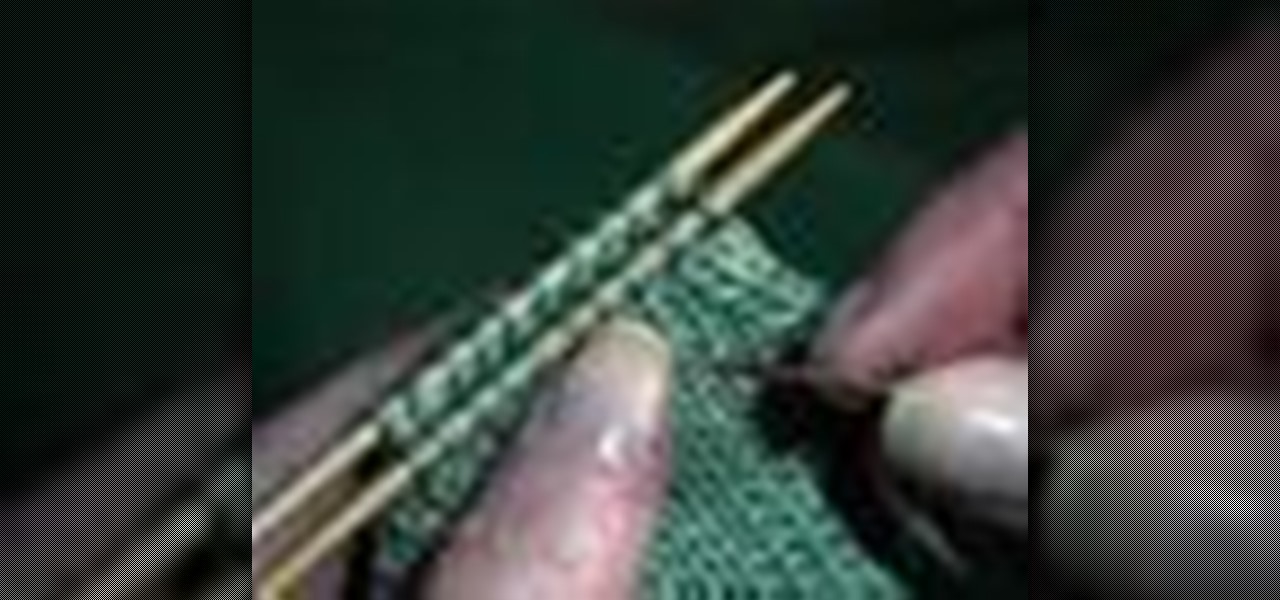
How To: Do the knitting kitchener stitch flawlessly
Stay tuned for this knitting instructional video on the Kitchener Stitch. Grafting with the kitchener stitch requires a bit of concentration. You want to do this when you know you won't be interrupted.
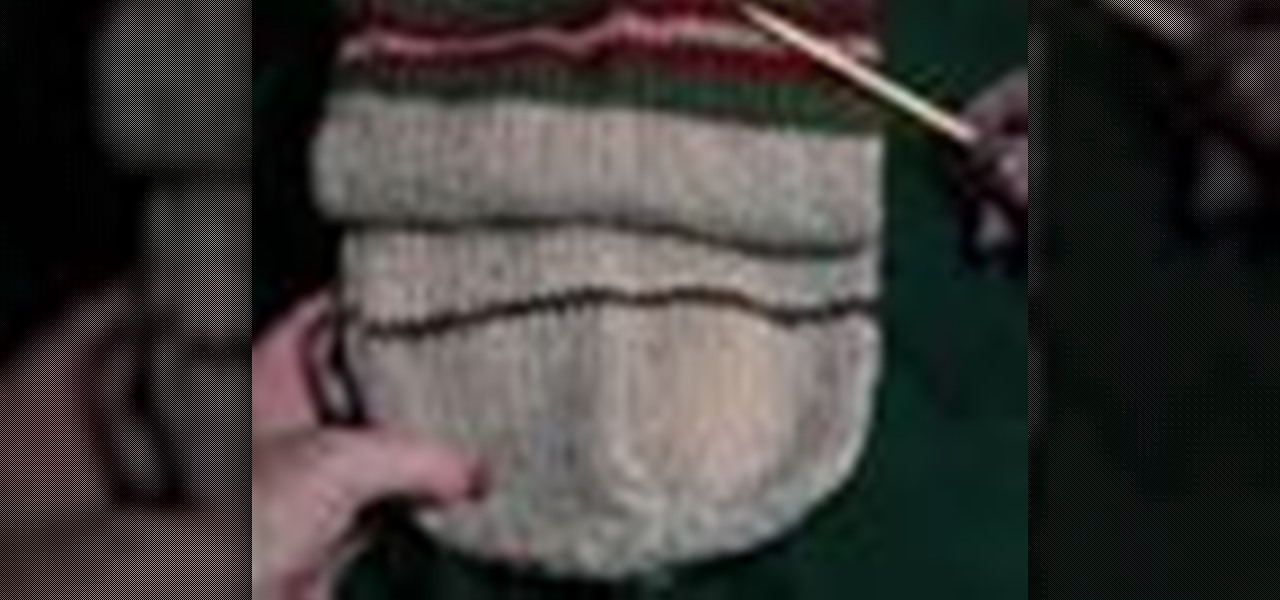
How To: Insert a heel when knitting a sock
Stay tuned for this knitting instructional video on inserting a heel for a knitted sock. This is a very large scale knitted sock. It's going to be a felted Christmas stocking. The knitting is finished except for inserting the heel. The knitting technique demonstrated is exactly the same for a more normal, human-size knitted sock. It's also the same technique used to insert a pocket in a sweater.
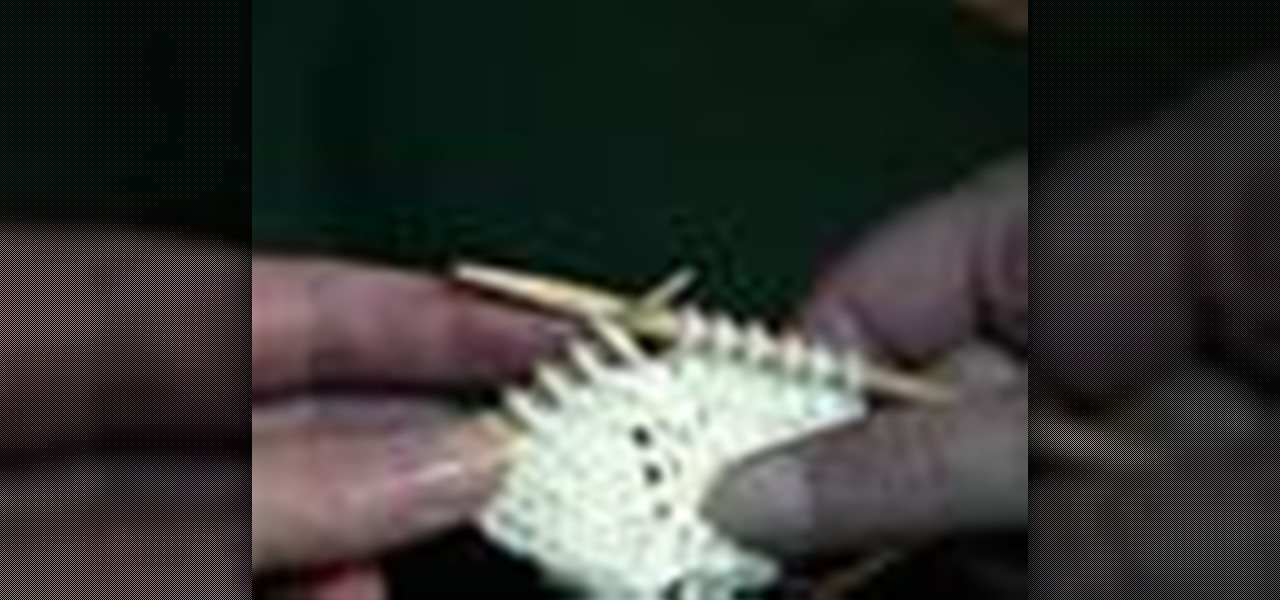
How to Do the M1R/M1L: Make One Right/Left knitting technique
Watch this instructional video to accomplish the knitting technique: M1R / M1L: Make One Right / Left. A make one, abbreviated M1 in knitting patterns, is an increase stitch. In some instances the slant of the increase does not matter, but, when it does, it's helpful to know how to make one left-slanting and how to make one right-slanting. A make one right slanting is abbreviated M1R:

How To: Master the knitting technique short-row shaping
Watch this video demonstration of the knitting technique short row shaping. In traditional knitting shoulder shaping, stitches are bound off across the top edge of the shoulder on sequential rows, creating a stair-step line. It can be difficult to make a neat job of seaming this shoulder line. Short-row shaping provides the same slope, but creates an even line across the top edge to facilitate a neater finish.
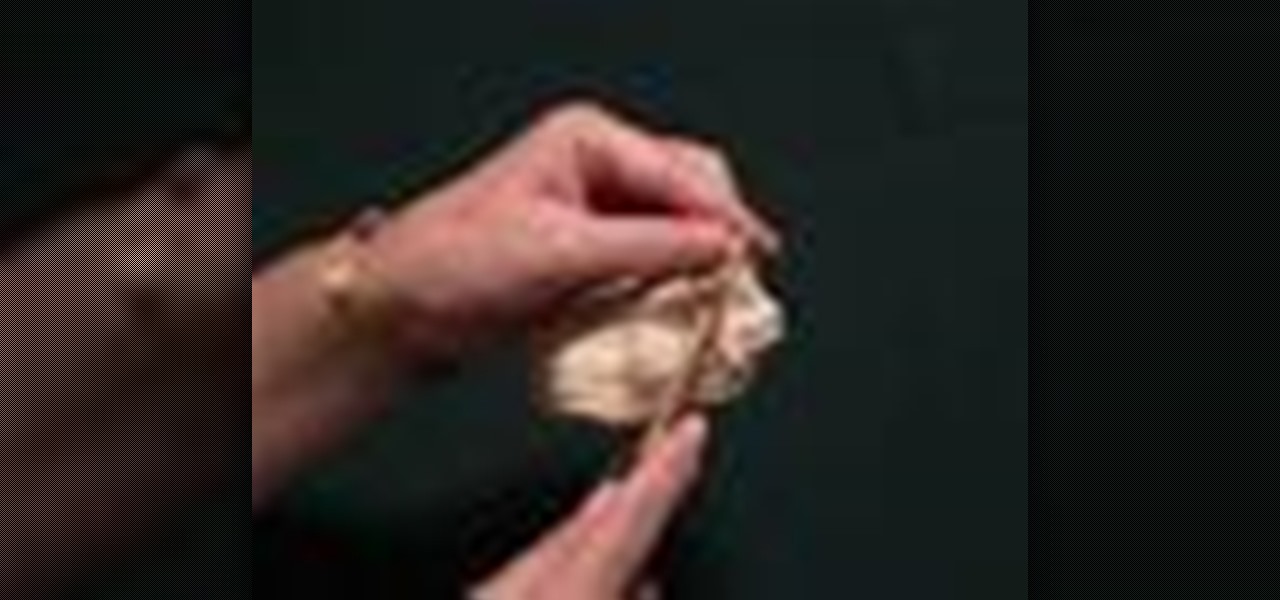
How To: Do a three-needle bind off for knitting
Stay tuned for this knitting demonstration video. This three needle bind off technique produces a very neat, flexible shoulder seam – and, no sewing is required. Begin by moving the shoulder stitches from their stitch holders to appropriately sized needles.
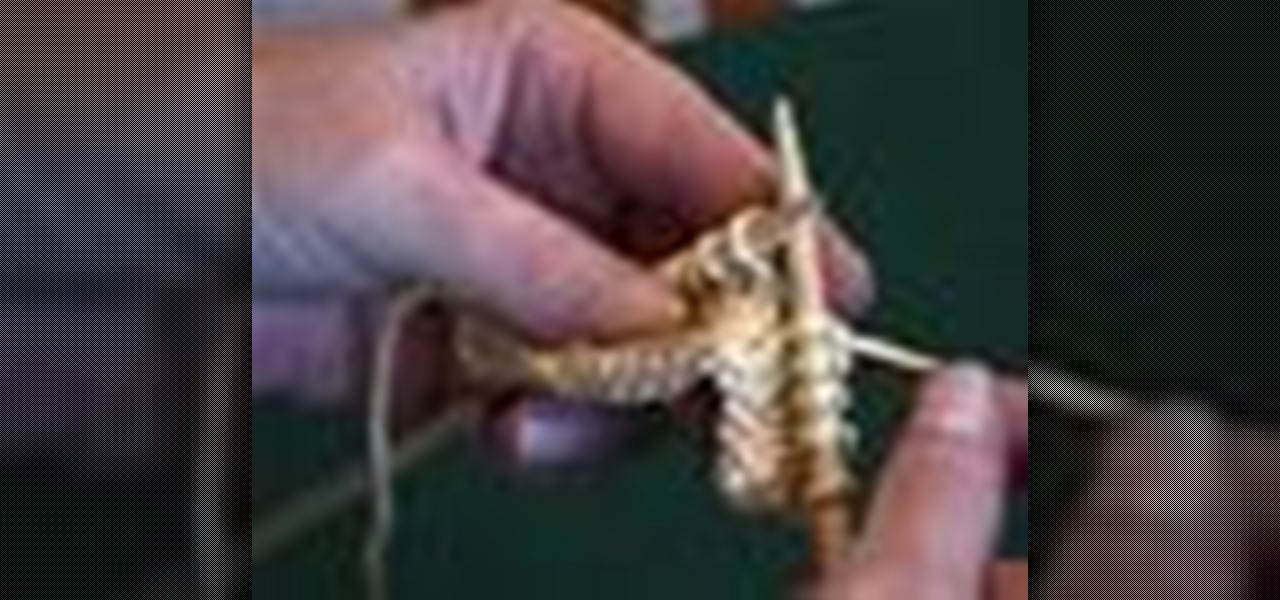
How To: Do an improved ssk (or slip slip knit) for knitting
This is an improved ssk (slip slip knit), for which I must give credit to Elizabeth Zimmermann and Meg Swansen. It's improved because it lays a bit flatter and more closely matches the right slanting knit two together (k2tog).
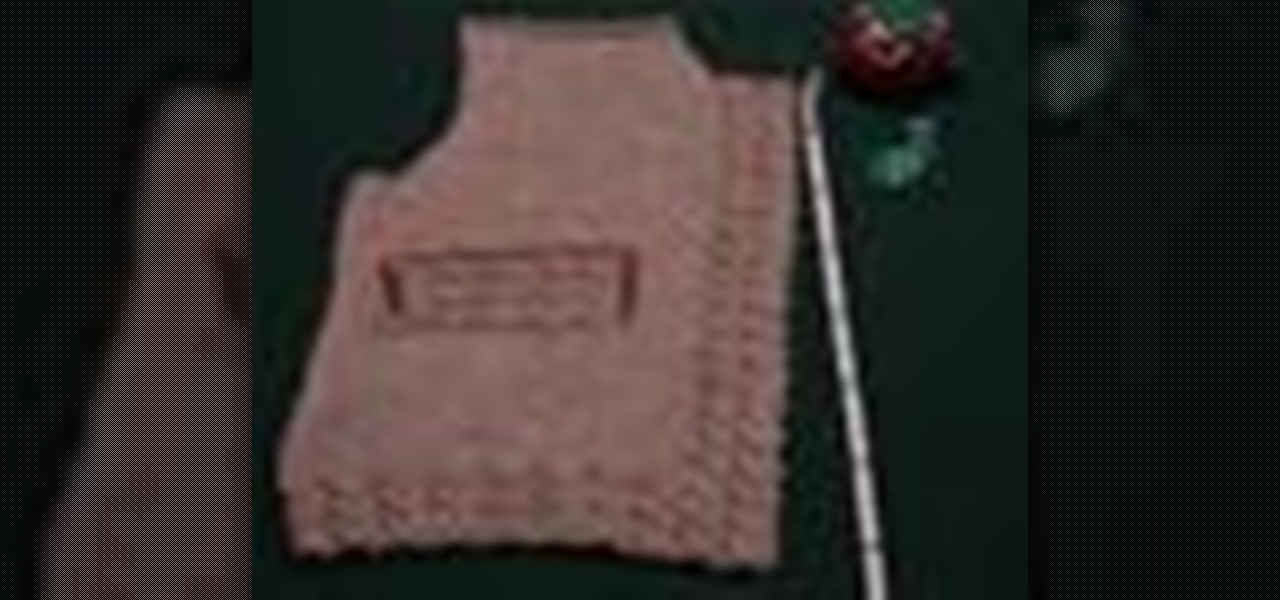
How To: Do knitting techniques spacing & marking buttonholes
Watch this knitting instructional video on spacing and marking buttonholes for knitting projects. This knitting demonstration uses the swatch of a right sweater front to show an easy way to mark the placement of buttonholes on your knitted material. Lily Chin attributes the method to Carol Anderson of Cottage Creations. You wil be working the button bands from the right side, from the bottom up, so you'll be marking the placement of the bottom of each buttonhole. If this was a boy's or man's ...
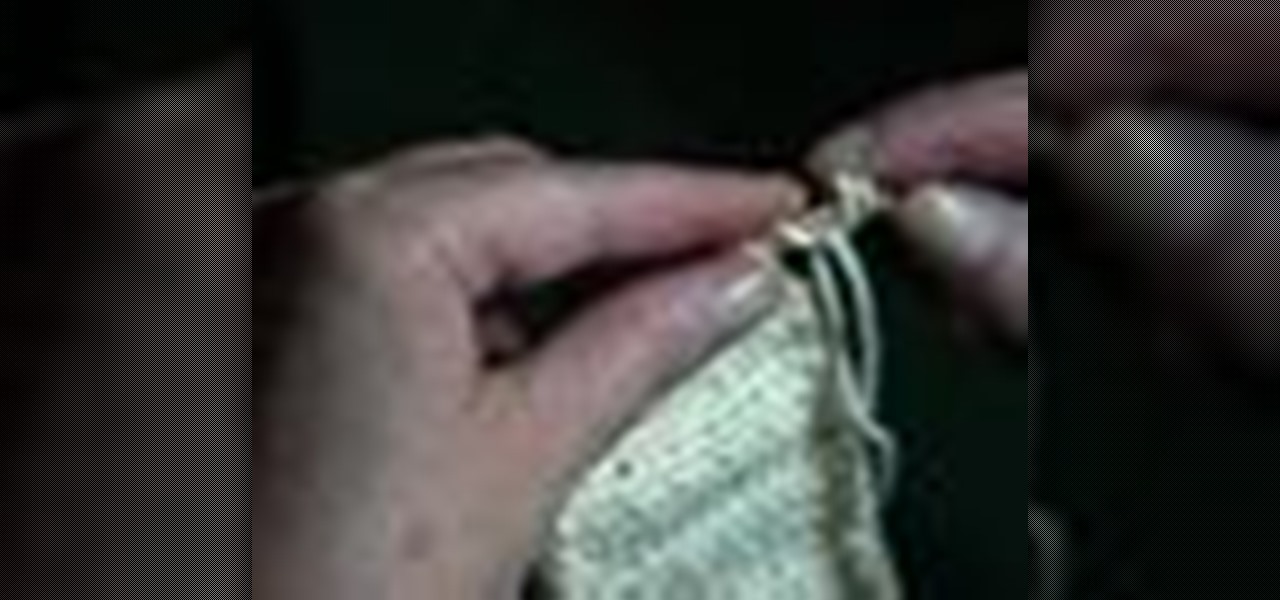
How To: Attach an I-cord by knitting
This video knitting tutorial shows how to attach an I-Cord onto another knitted piece. Start by picking up stitches along the edge to which the I-cord is to be attached. Break the yarn, and cast 3 stitches onto a double-point needle. Slip these stitches onto the front end of the needle that is holding the edge stitches, such that the working yarn is 3 stitches in, next to the first edge stitch. Begin by knitting 2 stitches, pulling the working yarn across the back, as for regular I-cord. The ...

How To: Make buttonholes on a knitted-on I-cord
This video knitting tutorial shows how to attach an I-cord along the right front of a sweater and then work buttonholes into the I-cord. When you come to each marker:

How To: Attach a knit pocket
This video knitting tutorial demonstrates a technique for attaching a pocket that is the same as that used for inserting a heel. Following the pattern directions, you knit some of the stitches with waste yarn to mark the top of the pocket. Carefully remove the waste yarn and put the loops above and below onto double-point needles. If you're worried about dropping stitches, you can pick up the loops as you go. Remove all the waste yarn and then go back and pick up the stitches. The loops on th...

How To: Knit a cross-over cable pattern
This video knitting tutorial shows how to stitch the cross-over cable. All the action takes place in rows 2 and 3, while rows 1 and 4 are worked in ribbing. Watch this instructional knitting video and learn how to stitch a cross-over cable pattern.

How To: Knit a twisted-stitch cable pattern
This video knitting tutorial shows how to stitch a twisted stitch cable. This is a ribbing pattern, worked over six rows, with a twisted stitch worked in row 3. Watch this instructional knitting video and learn how to knit a twisted-stitch cable pattern.

How To: Knit faux eyelet cable
This video knitting tutorial demonstrates how to stitch the "cabled" eyelet that can be used to make really warm knits. The important steps are worked in rows 1 and 2; rows 3 and 4 are worked in simple ribbing. Watch this instructional knitting video and learn how to knit a faux eyelet cable.

How To: Knit an I-cord
This video knitting tutorial demonstrates making a 3-stitch I-cord, so cast on 3 stitches. Use 2 double-pointed needles to make an I-cord. After casting on, instead of turning the work, slide it down such that the first stitch you will knit is at the opposite end of the stitches from the working yarn. Pull the working yarn across the back and knit three stitches. Now slide the work again, give the cord end a tug, pull the yarn across the back and knit three stitches. You need to add some tens...

How To: Set up a Singer LK 100 knitting machine
Hand-knitting can be so time consumptive. Knitting machines are great for simple projects that don't require a lot of detail. Watch this video knitting tutorial and learn how to set up and use a Singer LK 100 knitting machine.

How To: Do a double e wrap cast-on on a knitting machine
Even though everything else is automated on a knitting machine, you're still going to need to cast on. This is a short video demo showing how to make an 'e' wrap cast-on when knitting double bed rib that works only on Japanese knitting machines. Watch this video knitting tutorial and learn how to do a double e wrap cast-on on a Japanese knitting machine.



